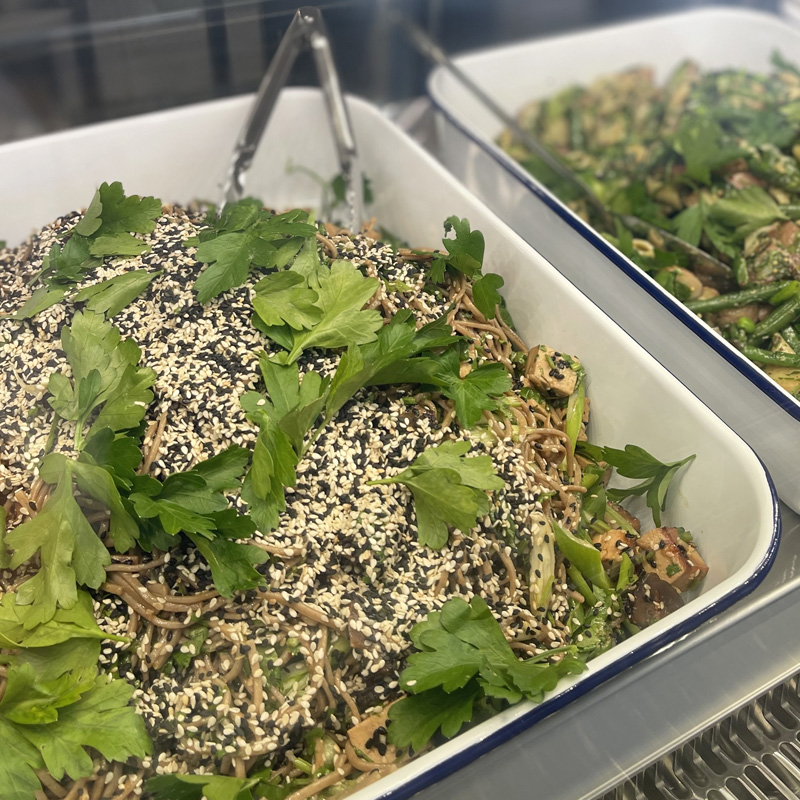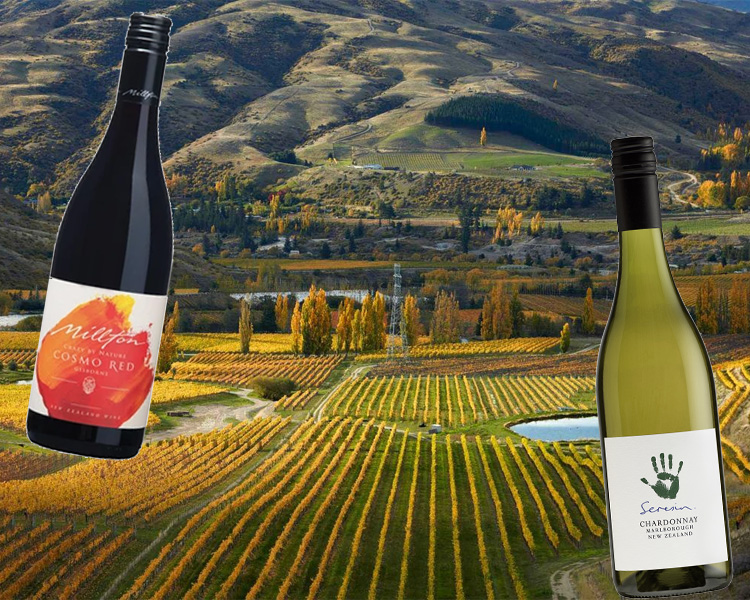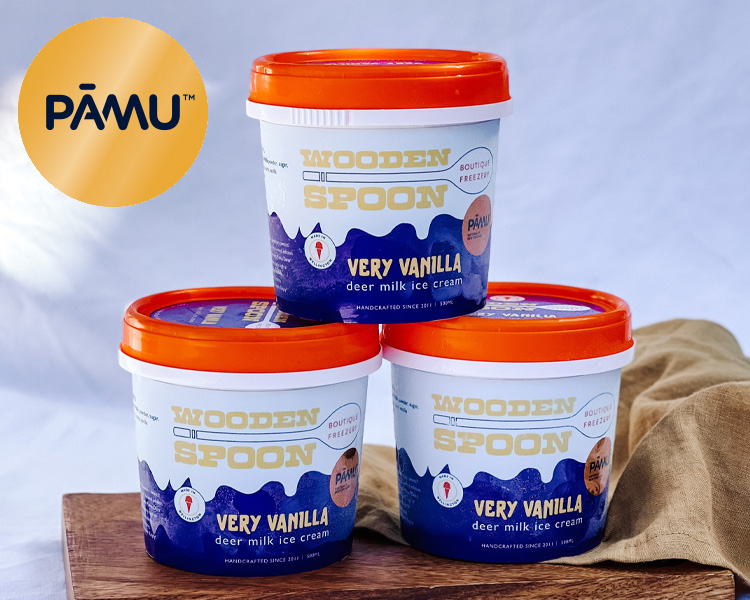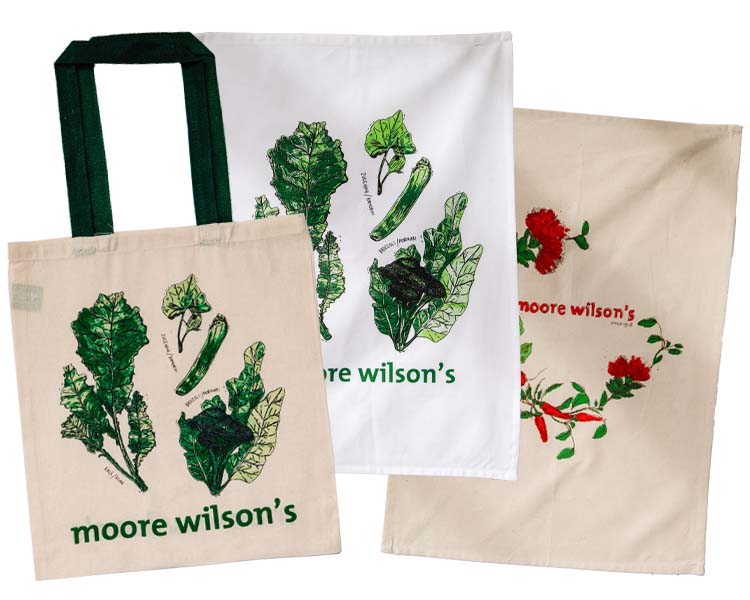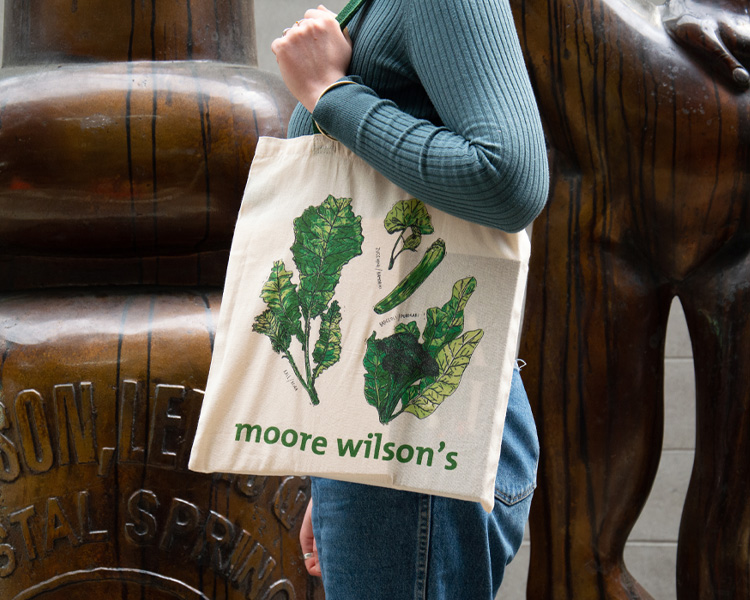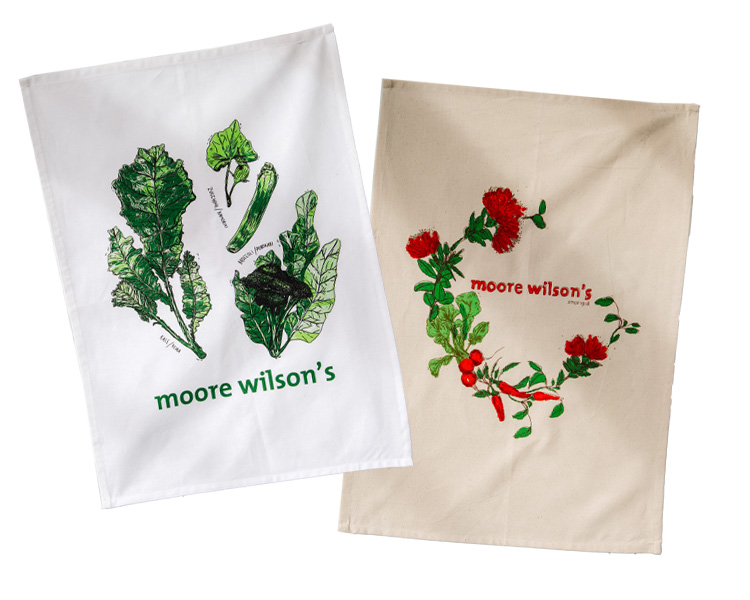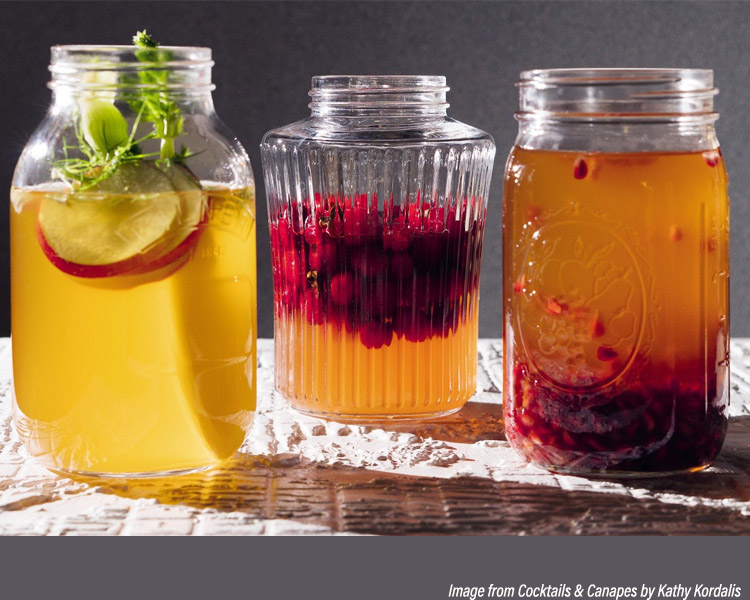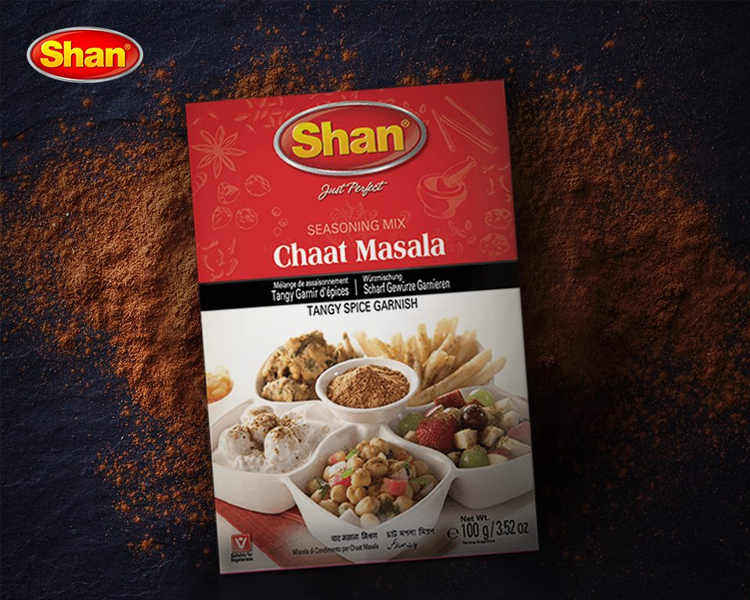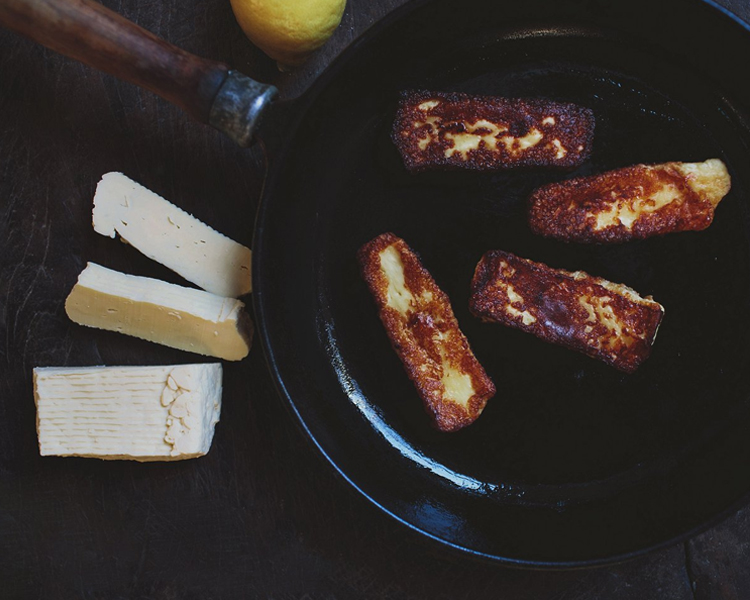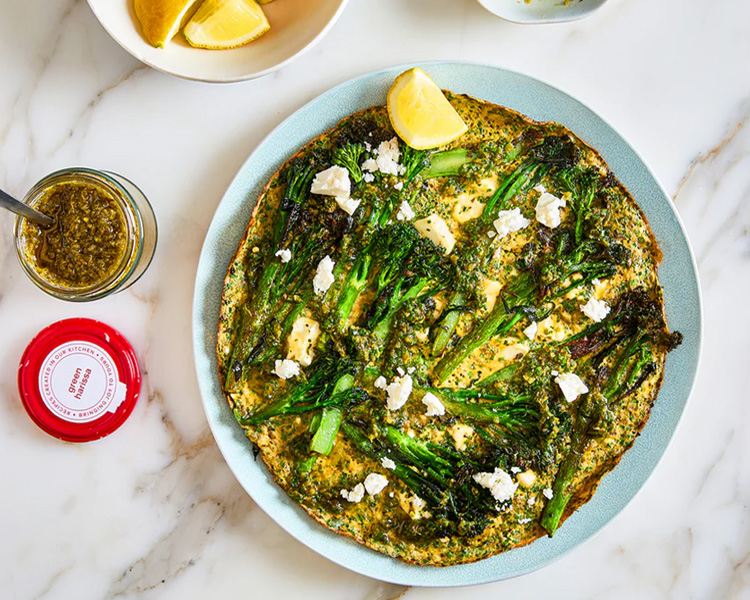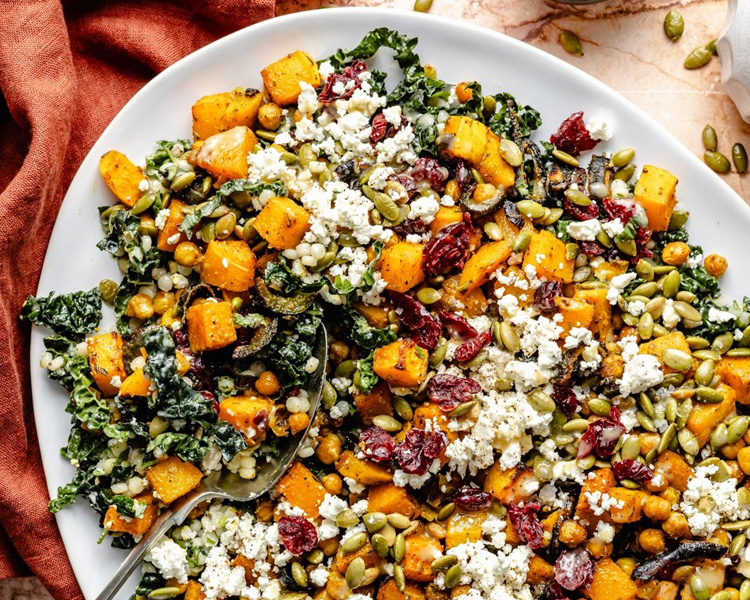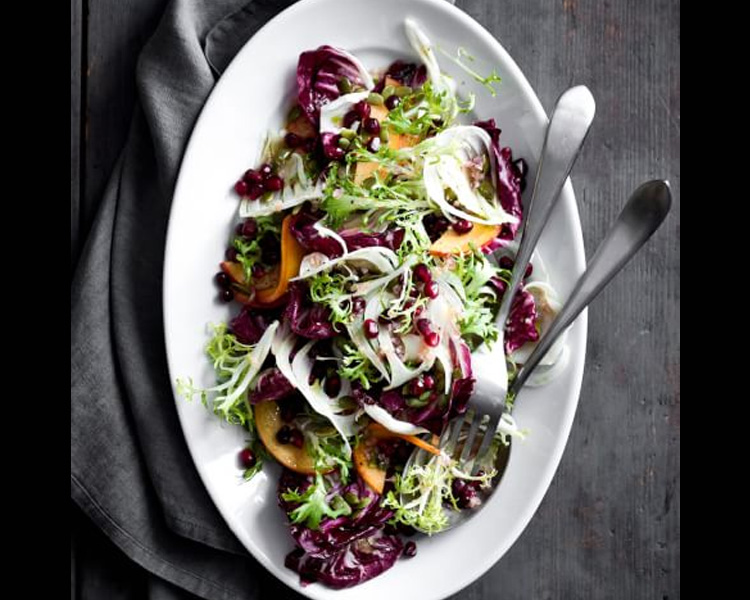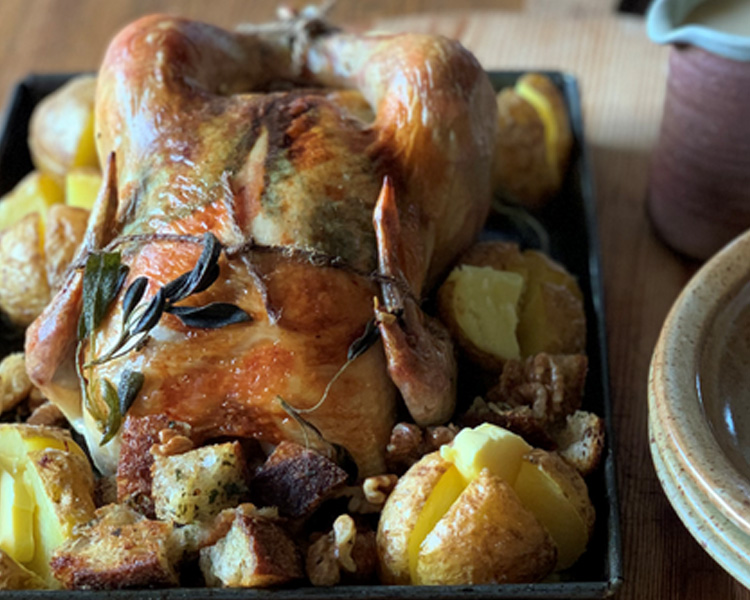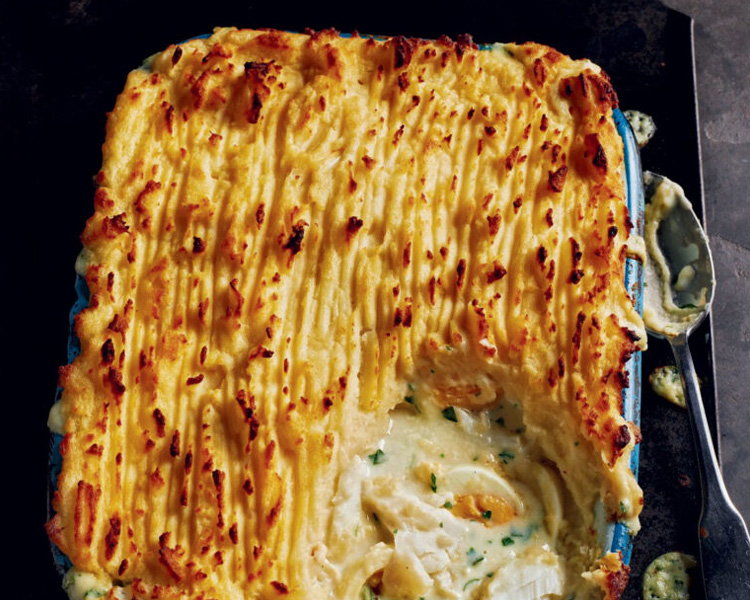Ramen is a Japanese noodle soup. It consists of some sort of noodles in a broth, soy or miso to flavour and topping such as meat, bokchoy, seaweed or spring onions. It is a delicious meal and perfect for these cold winter evenings.
Follow this step by step ramen guide to create your own ramen.
STEP ONE: BASE
The base flavour starts before you add your broth, noodles or toppings.
Shio –It can be made with water, salt and sake. Add more flavour with shitake mushrooms, anchovies and bonito flakes.
Shoyu –A soy sauce base, shoyu can be simply made with soy, or you can add mirin, kombu and chilli.
Miso –Miso, a fermented soybean paste, can be combines with mirin, ginger, sesame paste and soy sauce.
Spicy –A twist of the traditional bases, a spicy base can be made with miso, chilli paste or even Korean gochujang.
STEP TWO: BROTH
The soup part of the ramen, broth ranges from light and clear to dark heavy and cloudy.
Chicken –Flavour you chicken broth with garlic, ginger and mushrooms for a tasty soup.
Pork Bone –The traditional tonkotsu broth is made from pork trotters, is cloudy and has a rich flavour.
Vegetarian –Add an umami element to your broth with shiitake mushrooms and caramelised onions.
Beef Broth –A beef broth is a wonderful choice for a richer, meatier, ramen soup.
STEP THREE: NOODLES
Thick or think, egg, wheat or rice, noodles are the comforting centerpiece of the dish.
Soba –A thin noodle made from buckwheat. Pure soba noodles are naturally gluten free.
Somen –Wheat-based somen noodles are similar in texture to udon but are thinner.
Rice –Rice noodles come in a variety of sizes with a soft, translucent texture that’s delicious.
Udon –Thick, chewy and delicious, udon noodles are versatile and pair perfectly with ramen soup.
STEP FOUR: PROTEIN
Delicious umami flavours create depth of flavour to winter—warming ramen soups.
Chashu –Fatty slices of braised or roasted ‘chashu’ pork are packed with flavour.
Tamago –A popular ramen protein, eggs can be soft or hard boiled, raw marinated in soy sauce.
Chicken –Marinate chicken breast or thigh in soy sauce and grill until caramelised.
Kamaboko –You can find this type of steamed fish cake made from white fish in Asian markets.
Tofu - Soy-based vegetarian protein. Marinate and fry or just cut into small cubes and put straight in to ramen.
STEP FIVE: TOPPINGS
Get creative with your ramen toppings to add crunch, colour and taste.
Menma –Salty with a slight tang, these preserved bamboo shoots add a wonderful texture to delicious ramen soups.
Negi –A ramen staple, negi is shredded or chopped spring onions which can be substituted with leeks.
Seaweed –There are many types of seaweed around, including crunchy and thin nori and noodle like wakame.
Vegetables -Add texture, flavour and variety with fresh vegetables including corn, mushrooms and Asian greens.


